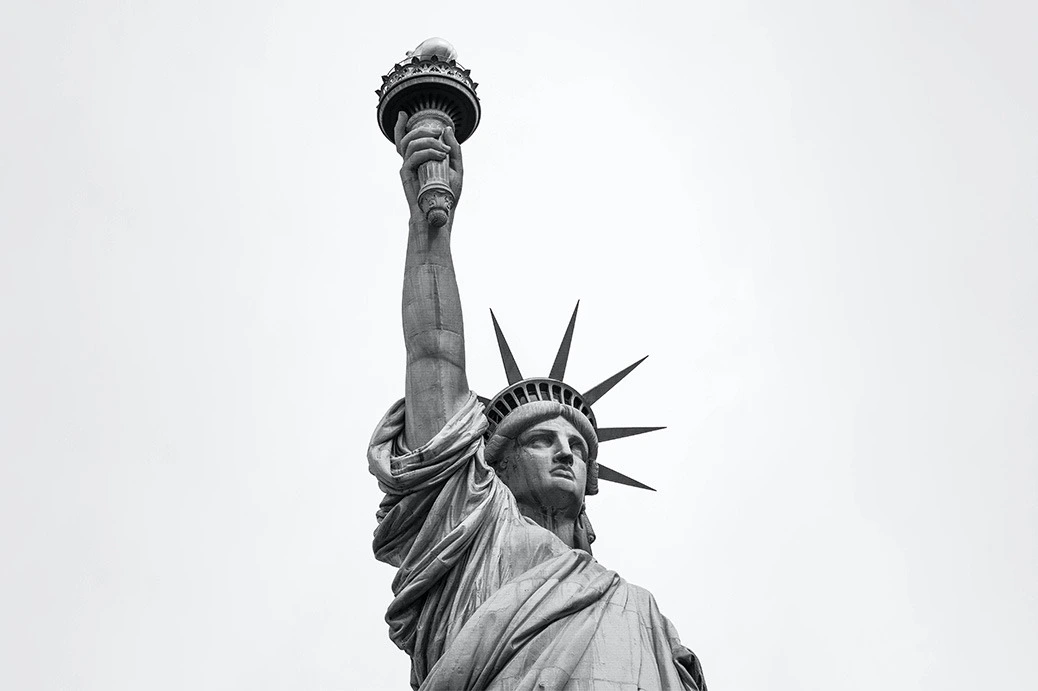History of equity crowdfunding (Part 1)
History of equity crowdfunding platforms
Crowdfunding is a way to get support from the crowd. This means that everyone, you, friends, and family, society can chip in money to help a particular investor, founder, or even a start-up asking for help to develop new business or expand existing.
Equity Crowdfunding is where you and everyone else can invest in a start-up for some award. For example, through equity Crowdfunding, you can invest in the start-up in exchange for equity or share in a particular company.
The restrictions might be tighter because sing Equity Crowdfunding is into the securities area. In addition, companies trying to raise funds might be at a different stage of their business lifecycle. For example, the company may be at the early stage of the idea, which would mean minimal traction, or even in growing stage when generates millions in its revenue.
Through Crowdfunding, books have been written for centuries. For example, authors and publishers use subscription schemes to advertise their book projects. Once enough subscribers signalled that they would buy a book once it was out, it would be written and published. The subscription business model is not precisely Crowdfunding since the actual flow of money only begins with the arrival of the product. However, the list of subscribers can create the necessary confidence among investors needed to risk the publication.
Today, we will drive you through the history of Equity Crowdfunding platforms.
"Crowdfunding has a long and rich history with roots going back to the 1700s. We look at how the past decade has shaped modern-day Crowdfunding and contributed to the recent surge in crowdfunding activity."
How it all started?
1783 - Mozart on how to Thank Donors in style
Even Mozart lacked the funds to perform three newly written concertos at a Viennese Concert Hall. By publishing an invite to potential backers, he started looking for funds. In return, he gave a manuscript of the concert. However, Mozart's popularity failed him the first time as he couldn't reach his goal. Even the best ones fail sometimes. However, Mozart wasn't one to give up! He appealed again and found 176 bakers who made the concert happen.
1885-The Statue of Liberty and America's Crowdfunding Pioneer
Many efforts were made to raise funds for the Statue of Liberty shipped from France to stalled the pedestal. However, the base was eventually built thanks to a newspaper campaign and the small donations of hundreds of residents. A researcher at the Centre of Civic Media, Rodrigo Davies, explored America's first significant Crowdfunding project.
1997 - The Inception of Modern-Day Crowdfunding
With the help of magazines, Crowdfunding's built-in success, such as crowdfunded the production of the "Truth or Dairy" video documentary by the Vegan Society in 1992.
Crowdfunding gained its first popular and mainstream use in the arts and music communities through the internet. For example, in 1977, a British rock band funded their reunion tour through online donations from fans - this is the first recorded successful instance of Crowdfunding. They raised US$60,000 in donations using an Internet campaign to underwrite an entire US tour.
Mark Tapio Kines is an independent writer/director in the film industry. For his then-unfinished first featured film - Foreign Correspondents - he designed a website in 1997. To complete his fill, at least 25 fans provided him with the funds and raised more than US$125'000 on the internet.
In 2000, ArtistShare was inspired by this innovative financing method, becoming the first dedicated Crowdfunding. Shortly after that, more crowdfunding platforms emerged, and the crowdfunding industry has grown each year consistently.
An early software Crowdfunding precursor was The ''Free Blender'' campaign in 2002. The campaign aimed to open-source the Blender 3D computer graphics software by collecting 100'00 euros from the community. In addition, they offered additional benefits for donating members.
2008 - 2009 — Rise of Indiegogo and Kickstarter
Danae Ringelmann came together with Salva Rubin and Eric Schell to "democratize funding." The idea was to involve the audience and consumers directly in the artist's work. In January 2009, Indiegogo was launched at the Sundance Festival. They initially hosted only creative and artistic projects. However, they later expanded to help entrepreneurs and start-ups to receive funding through pre-sales.
In April 2009, Kickstarter was launched in the same space. Kickstarter and Indiegogo cumulatively have run at least 400'000 projects, such as a Mission to Mars and Potato Salad.
2009 - Crowdfunding Emerges as a Major Funding Source
As a popular opinion for entrepreneurs to gain exposure, validate their ideas, and gain funding - the Crowdfunding industry quickly emerged. Through 2009 and 2011, Crowdfunding revenue tripled from $530million to $1.5 billion. The income was expected to continue its growth in the coming years.
Funds like Small Business Association loans have become significantly less available in the past few years, so Crowdfunding boasts a 74% compounded annual growth rate.
2009 - KissKissBankBank pioneer of Crowdfunding
KissKissBankBank, a pioneer of Crowdfunding, was launched in 2009 with optimism and independence. Its ambition is to enable everyone to finance their creative, associative, and entrepreneurial projects. For 11 years, Crowdfunding has been liberating creativity, and it has become a factory of optimism.
What is KissKissBankBank?
KissKissBankBank has more than 23'000 positive initiatives born and all thanks to Crowdfunding. In addition, KissKissBankBank's team helps succeed in Crowdfunding campaigns and beyond, such as preparation, communication, events, etc. As a result, they have financed more than 23'000 high-impact projects.
2011 - Crowdfunding Gains Washington's Support
President Barack Obama signed (JOBS) Jumpstarted Our Business Start-ups Act in 2012 April. The JOBSA Act aimed to lessen regulatory burdens in small businesses and has legalized Equity Crowdfunding.
This would include removing the ban on a general solicitation, which prevents entrepreneurs from publicizing that they are raising funds.
When the JOBS Act was signed into law in 2012, the Securities Exchange Commission still was in the process of setting regulations. Nevertheless, rules ensured that both sides - investors and entrepreneurs remain protected.
End of Part 1
to be continued...

